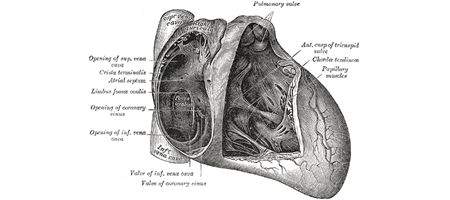Researchers at the University of Washington and the University of Pittsburgh Medical Center have developed a way of powering heart pumps wirelessly.

Patients with such heart pumps – Dick Cheney is one – currently have to live with a power cord protruding from their belly. It’s uncomfortable, restrictive and also dangerous – infections occur in nearly 40 percent of patients, are the leading cause of rehospitalization and can be fatal.
The new power system is a variation on inductive power, in which a transmitting coil sends out electromagnetic waves at a certain frequency and a receiving coil absorbs the energy and uses it to charge a battery. It’s used in electric toothbrush charging stations and cellphone charging pads – altheough, here, the tool has to actually touch the charger and be held in a fixed position.
Joshua Smith, a UW associate professor of computer science, and colleagues at the UW and Intel devised an inductive system that adjusts the frequency and other parameters as the distance or orientation between the transmitter and receiver coils changes, allowing for flexible yet efficient wireless power over medium distances.
“Most people’s intuition about wireless power is that as the receiver gets further away, you get less power,” he says. “But with this technique there’s a regime where the efficiency actually doesn’t change with distance.”
He says a one-foot transmitter coil could deliver consistent power over a distance of a foot, or a four-inch coil over four inches – enough to bridge skin and tissue to reach a medical implant.
“My primary interest is to help heart failure patients recover, and they can only recover if they are not tethered to a battery or external power supply so they can exercise and train their heart to recover,” says Dr Pramod Bonde, a heart surgeon at the University of Pittsburgh Medical Center.
“With wireless technology patients can be free and they can have a chance to move around and exercise like normal human beings.”
The researchers envision a vest that could hold an external transmitter coil connected to a power cord or battery. A small receiver coil implanted under the patient’s skin would connect to a battery that holds enough power for about two hours, meaning the patient could be completely free for short periods of time. It would men that, unlike users of current pumps, they’d be able to take a bath or go for a swim.
Longer term, the researchers imagine additional power transmitters placed under a patient’s bed or chair, allowing patients to sleep, work or exercise at home unencumbered.
“The potential for wireless power in medical fields goes far beyond powering artificial hearts,” says Dr Bonde.
“It can be leveraged to simplify sensor systems, to power medical implants and reduce electrical wiring in day-to-day care of the patients.”






